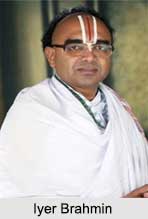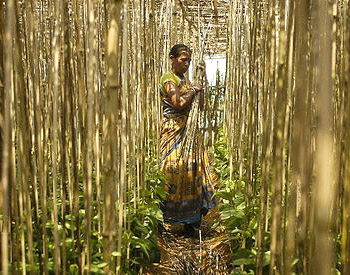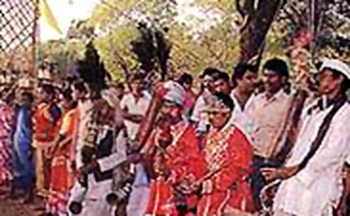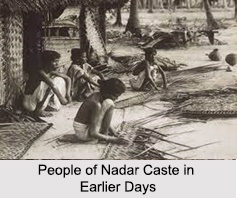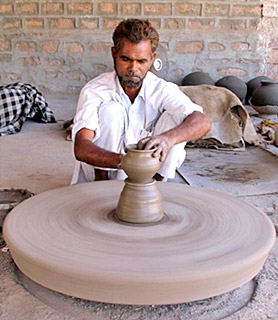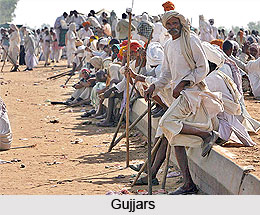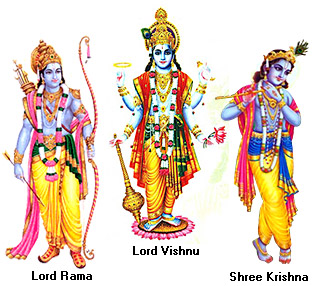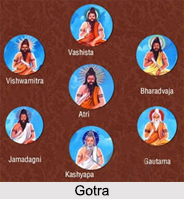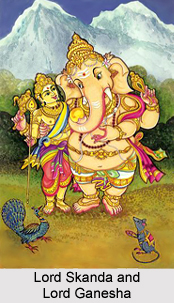 The legend of Lord Ganesha and Skanda refers to the tales about the relationship of the deity with his brother and his divine parents. Lord Ganesha or Vinayaka is the son of Lord Shiva and Goddess Uma (Parvati). Lord Skanda, also known as Murugan and Lord Kartikeya was his brother. According to some Puranas, Ganesha is depicted as the elder brother of Skanda; while in some other ancient Hindu religious texts, Skanda is considered as the eldest of the 2 brothers. Lord Ganesha is considered as the Remover of Obstacles and Lord of Beginnings.
The legend of Lord Ganesha and Skanda refers to the tales about the relationship of the deity with his brother and his divine parents. Lord Ganesha or Vinayaka is the son of Lord Shiva and Goddess Uma (Parvati). Lord Skanda, also known as Murugan and Lord Kartikeya was his brother. According to some Puranas, Ganesha is depicted as the elder brother of Skanda; while in some other ancient Hindu religious texts, Skanda is considered as the eldest of the 2 brothers. Lord Ganesha is considered as the Remover of Obstacles and Lord of Beginnings.
One of the Mahapuranas mentions that once Goddess Uma was feeding milk to both her sons, Ganesha and Skanda (Kartikeya). The noble child, Bala Ganesha became greedy and tried to consume more milk than his brother. Lord Shiva was also present there and witnessed the naughtiness of his son. He announced that Ganesha was a glutton.
Another ancient religious scripture states that Goddess Uma was much pleased with the birth of Lord Ganesha. She lifted the noble child and embraced him with joy. As a result of this Skanda felt envious. Moreover, the Brahma Purana mentions that Lord Kartikeya once entered the lap of his mother Parvati after becoming jealous of the adoration received by Ganesha by both his parents. Thus Kartikeya wanted to be kissed more than that his brother. There are several other tales about Ganesha and Skanda which are described in the ancient Mahapuranas and the Upapuranas.
This article is a stub. You may enrich it by adding more information to it. You can send your write-up at content@indianetzone.com










